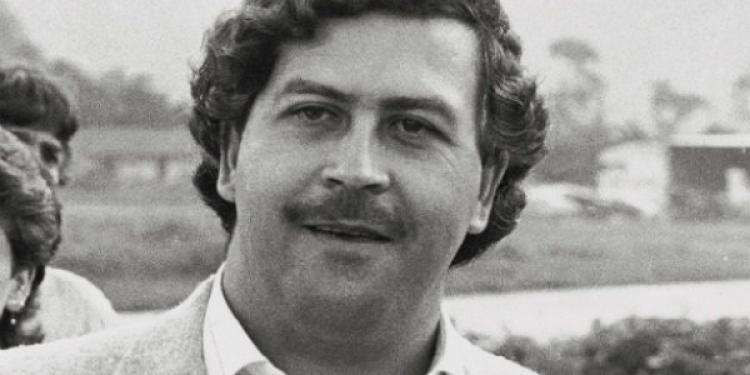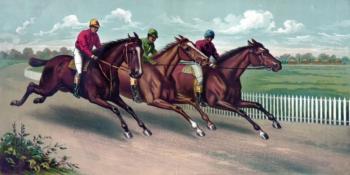Pablo Escobar and the Creation of “Narco-Football” (part 1)
Posted: July 9, 2015
Updated: October 6, 2017

Drug trafficking deteriorated Columbia and elevated its football to prominence
In a 1994 World Cup qualifier in Pasadena California, the U.S. team faced Columbia. At the time, Colombia was considered one of the better teams in the world. Many people were unaware of the significant amount of pressure that the Columbian football players were under. A death threat sent by phone to the teams’ hotel in Fullerton, California made US gambling news. The Columbian’s reported that a “witch” called the room “cursing” particular players.
• Forbes magazine once named Escobar the richest man alive
• Escobar’s earnings came from exporting cocaine from Columbia to Europe and the US
• Escobar made it quite clear that if his team lost, people would die
Player’s children were threatened to be killed and their wives to be raped. One player had their son kidnapped. The team, amidst a nightmare, played tentatively. This was the dire consequence of what would be called “narco-football.” Football would become more than just a game, but a battle between drug lords. We will look into what brought Columbian football to this dangerous level.
A portrait of Columbia as a place ravaged by squalor

Columbia was a place with much poverty. Football was seen as therapy and a way out for many youths. Thirty years ago, the Atletico Nacionales Football Team could never compete on an International level. Some may have argued at that time that Columbian football didn’t exist. In a short period of time, that seemed to change. They were about to enter a new era in football for their country. The Columbians had a strong team, money to keep their good players and they were rumors to have the backing of Pablo Escobar.
Pablo Escobar was the Lord of Columbia’s criminal underworld. Escobar had a world-wide reputation as he consorted with the Italian and Russian Maffia. With that, came a notoriety that would cast a shadow on the planet for the next 30 years. Escobar’s faction, the Medellin Cartel, killed hundreds of people by gun shots, bludgeoning and dismemberment. Having financial control of all of the authorities, Escobar managed operations in Bogota, Cali, Medellin and overseas.
Often travelling throughout the world, Escobar was said to be capable of making USD 50 million dollars in a day. His principal earnings came from exporting cocaine from Columbia to Europe and the U.S. Forbes magazine once named Escobar the richest man alive. His earnings reached USD 3 billion yearly from drug exportation without any need to bypass US gambling laws. With so much cash going to Escobar constantly, he had to find ways to either hide it or launder it into legalized money.
The vehicle to launder millions came in the form of football. Millions of dollars can be invested into all aspects of a team. Ticket sales to football matches were all in cash which allowed owner the ability to falsely declare their sales by millions with ease. Owners can sell players to other teams and falsely declare the price they were sold for. Whatever difference there was in value between the actual and the declared revenue could be “written off” as legalized money.
From money laundering, narco-football was born

Pablo Escobar officially partnered with teams Atletico Nacionales and Medellin. This officially brought together the marriage of football and drugs. The money funneled through these teams could easily keep the best players from leaving and afford better foreign players. The only thing that changed was everyone associated was making more money. Without the burden of finances, the teams became very successful.
Before long other drug traffickers decided to follow Escobar’s actions and invested in football clubs. This would mark the beginning of what was called “narco-football.” As a result, football became a game not only between players, but drug lords. Notable examples include the kingpin “El Mexicano” who backed Club Millonarios” and Miguel Rodriguez and his Club America de Cali. All of them wanted their club to be the best and put their millions towards it.
One time at a national tournament in 1989, Escobar’s Medellin was playing against America de Cali owned by Rodriguez. The bookmakers have set the odds 3-1 in Medellin’s favor. Although the bookmakers were working outside the confines of Colombian gambling laws, a lot of people put big money on the favorite. Unfortunately, America won earning a lot of money for some people. A referee named Alvaro Ortega was blamed for purposefully “robbing” Medellin of their victory.
Pablo ordered his men to find Ortega and kill him. It was done and unlike the other football financiering drug lords, Escobar made it quite clear that if his team lost, people would die. At the South American Championship in 1989, Atletico Nacionales would compete for the the Copa Libertadores. The final match ended in a shoot-out after the tied match. The cup went to Nacionales and it was their first international title. Narco-Football finally had its day.












